Mount Parnitha (Parnes)
Mount Parnitha is a national park, the highest mountain in Athens and Attica, with great biodiversity.
Location
Timeline
Modern and Contemporary era (1821 - )
1961 Mount Partnitha becomes a protected national park.
2004 The Olympic sport of mountain biking takes place in Parnitha.
2007 A disastrous fire burns much of the park.
2021 The next big fire.

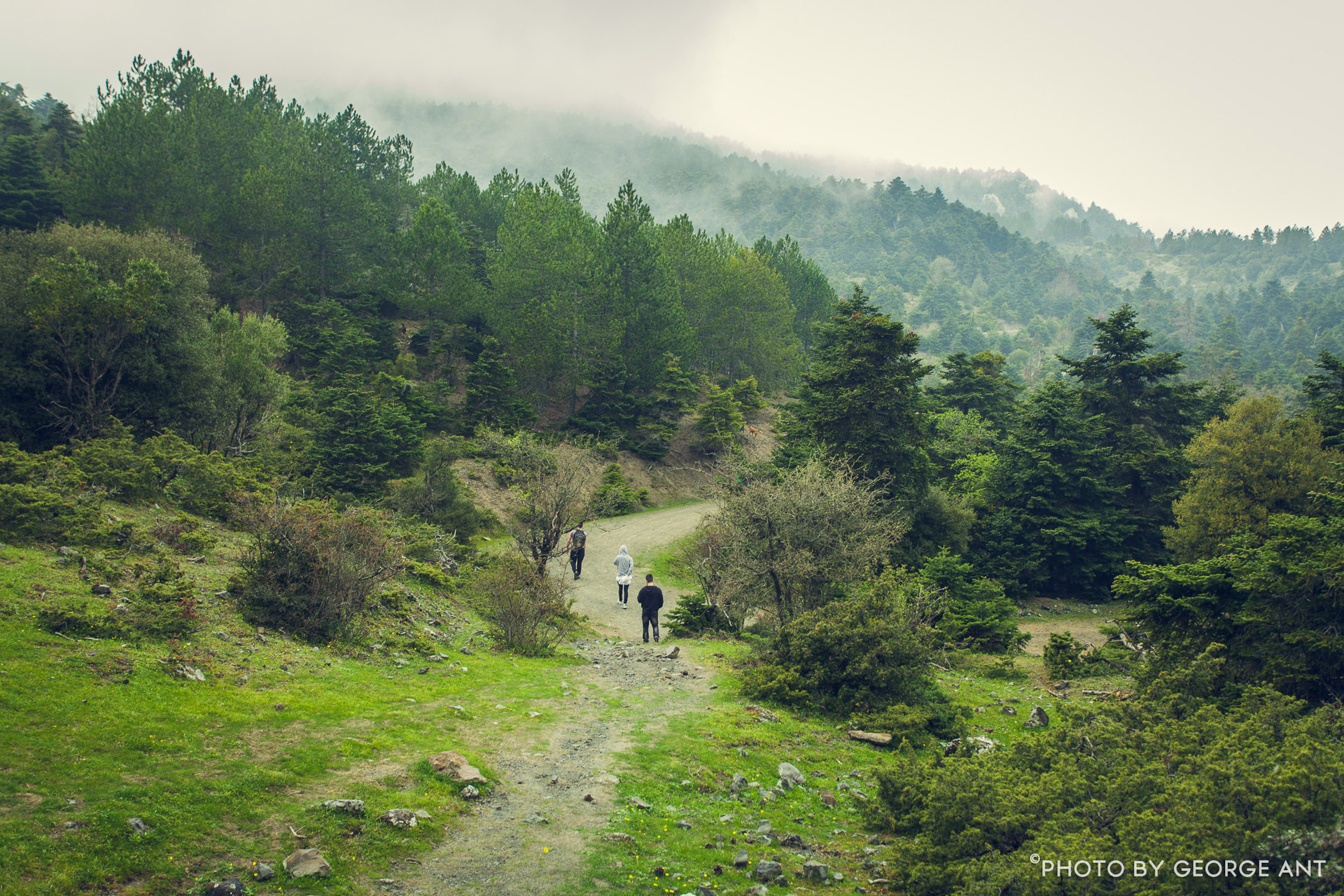
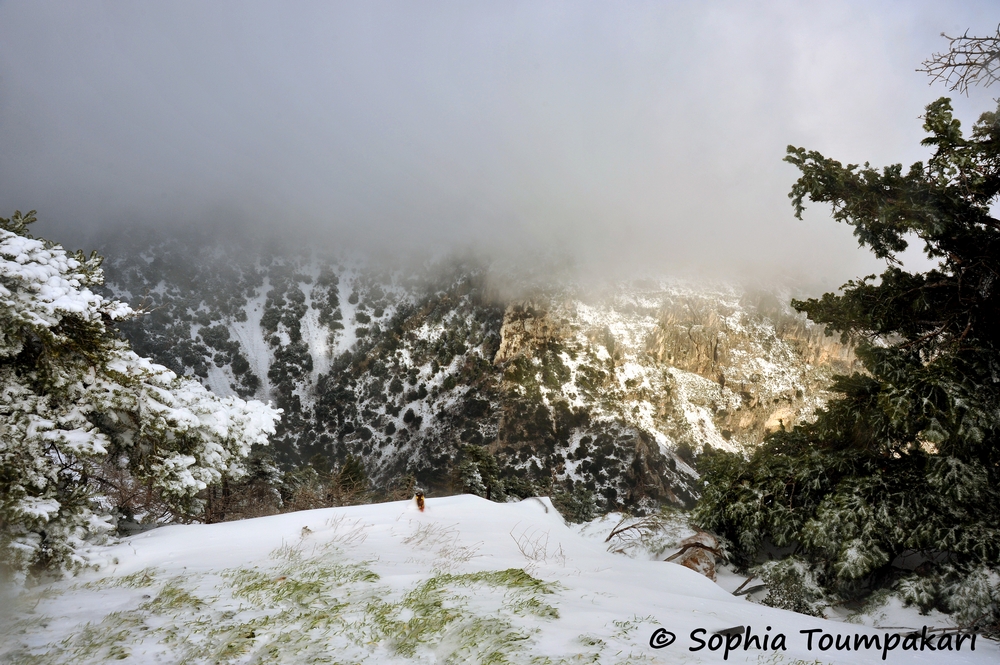
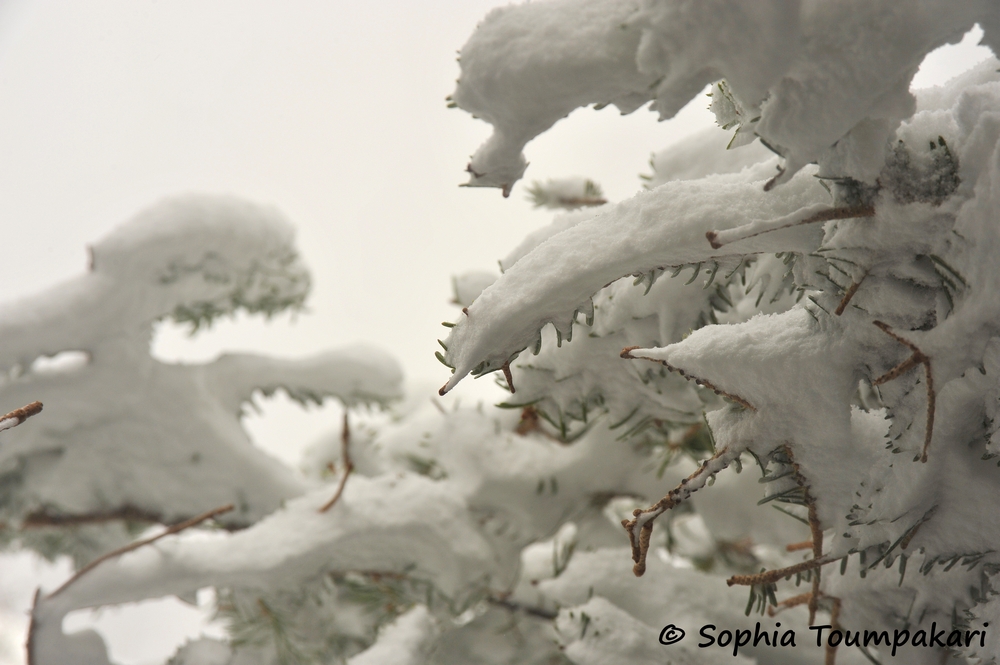
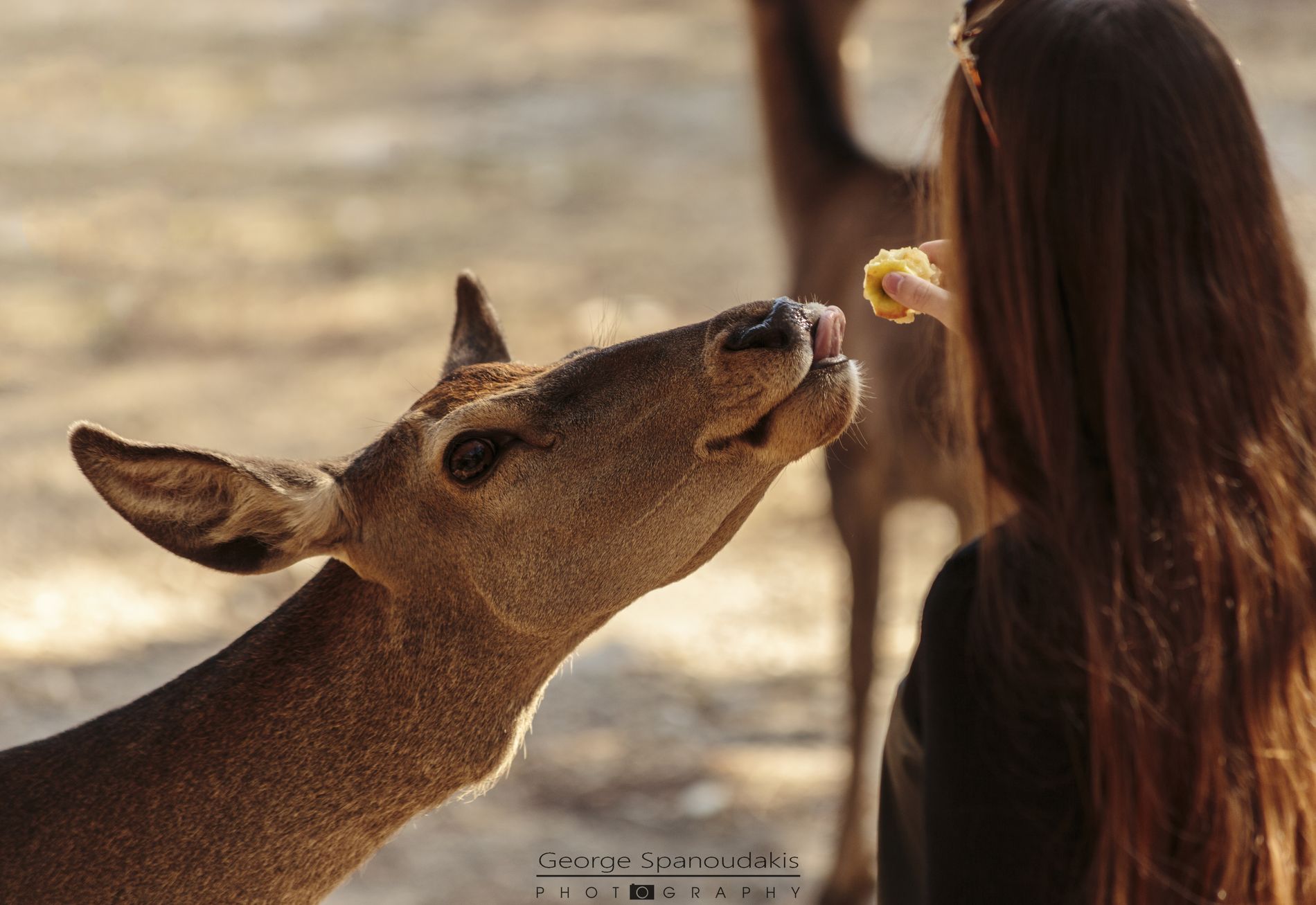
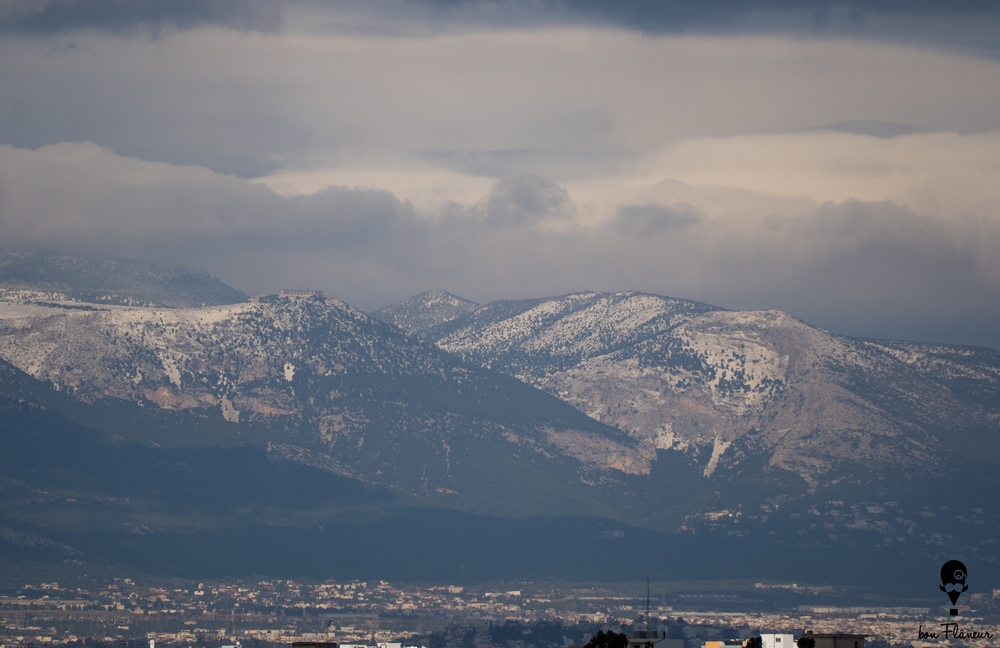

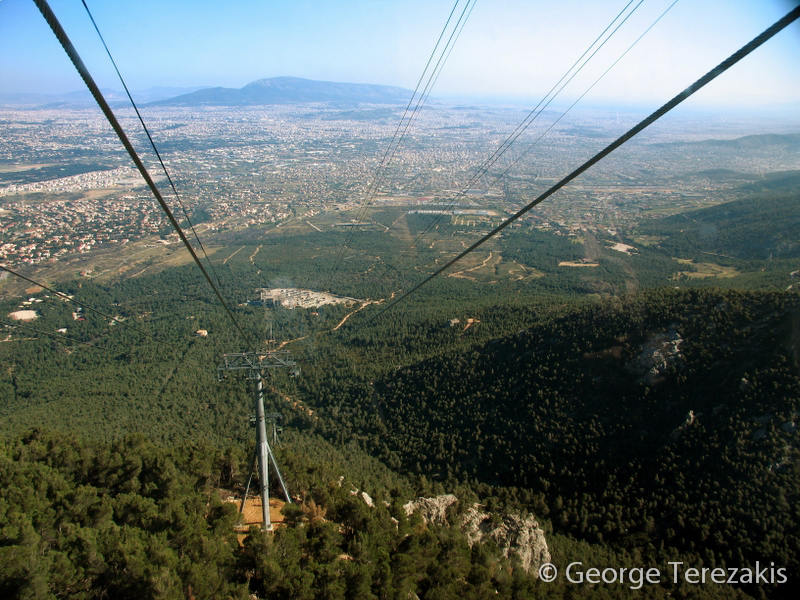

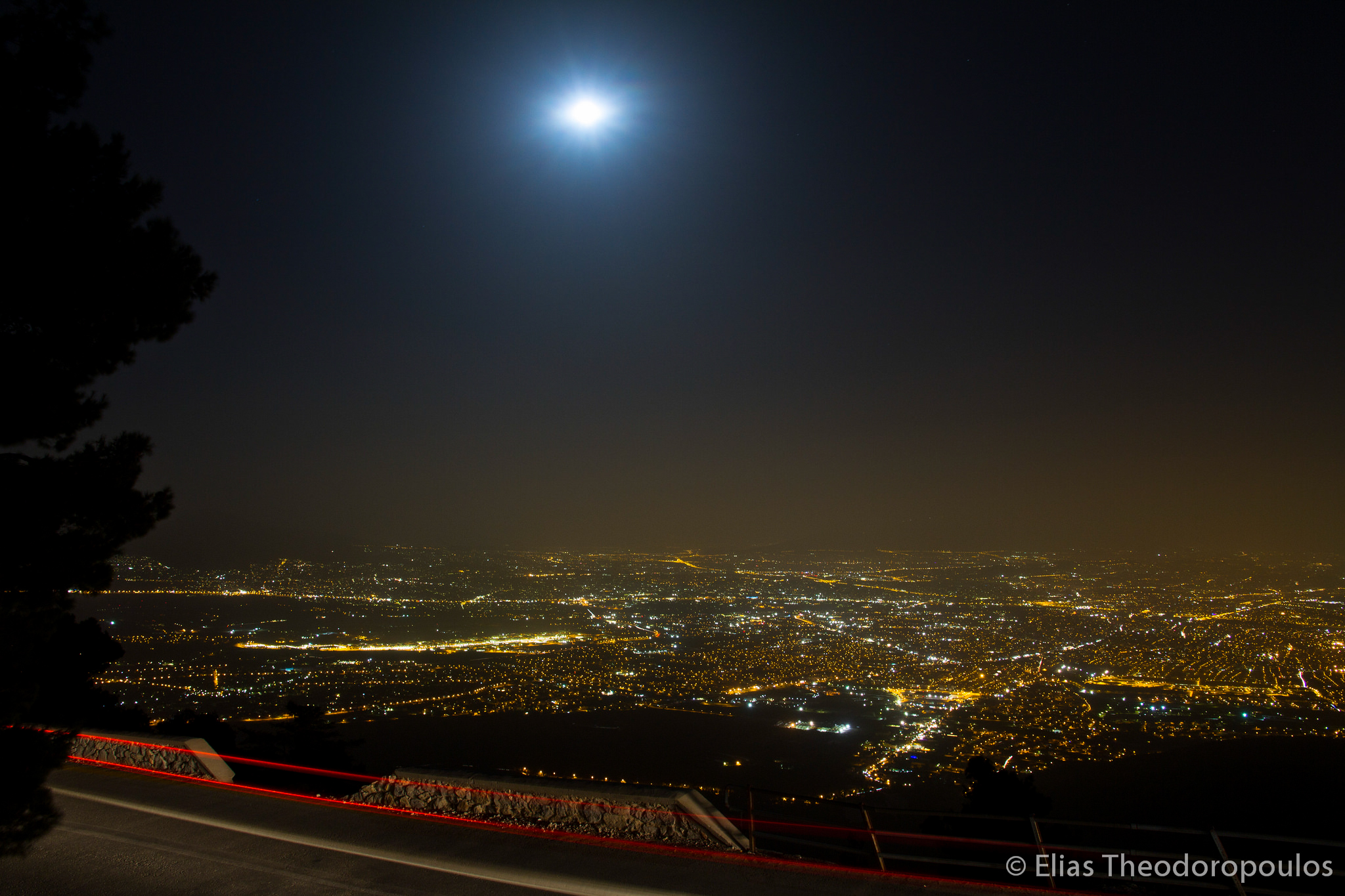
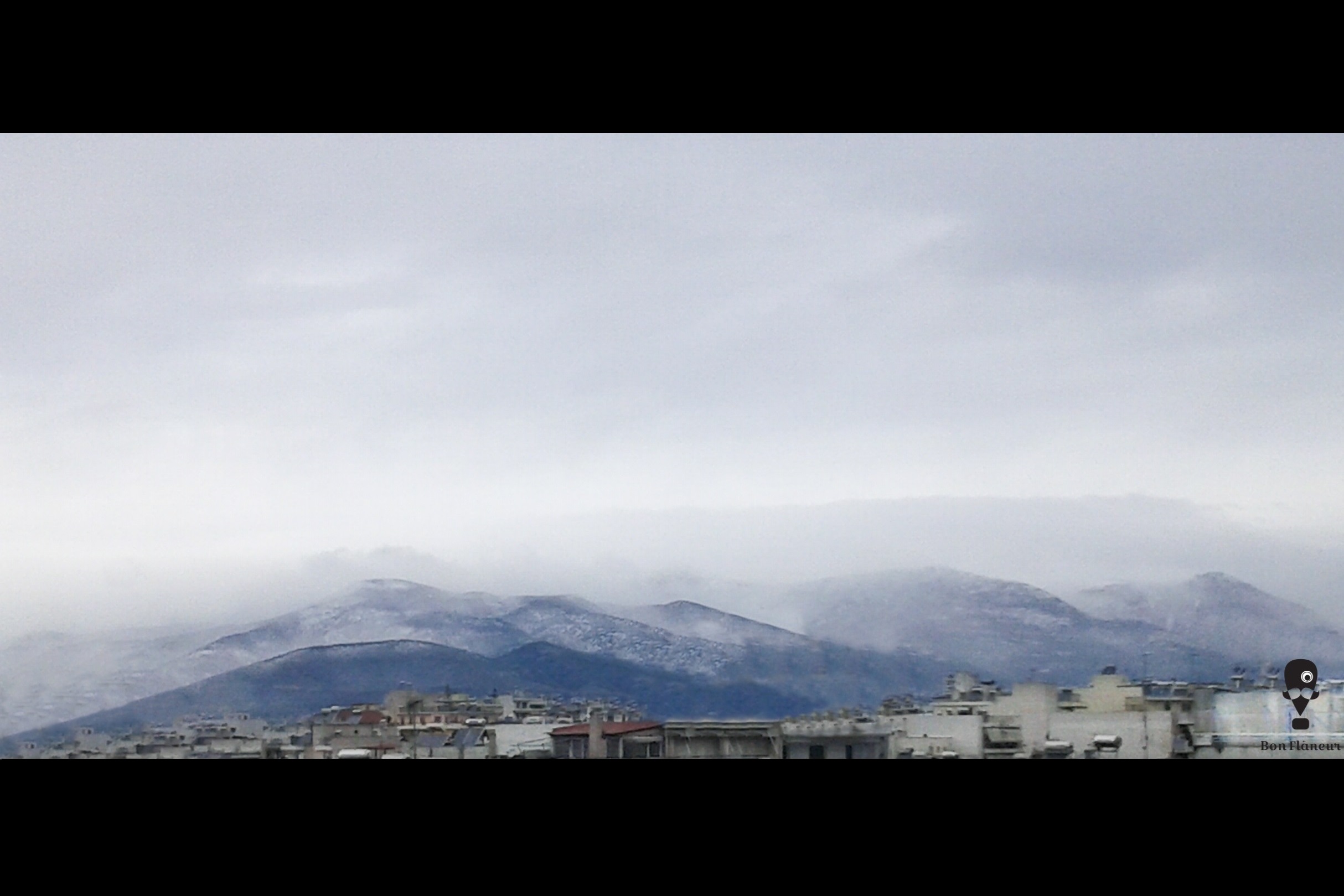
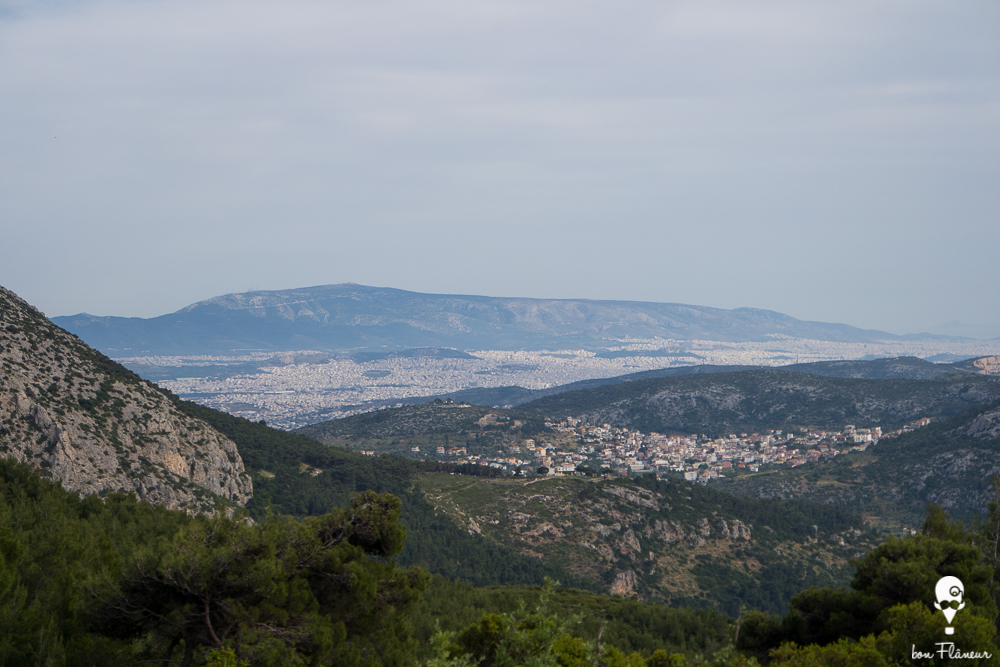
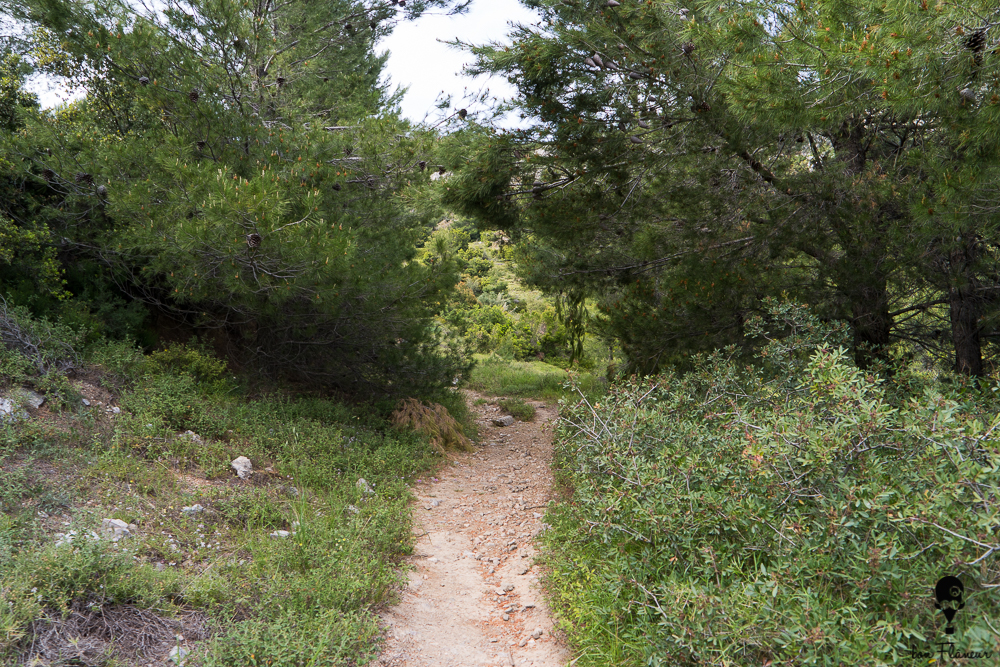
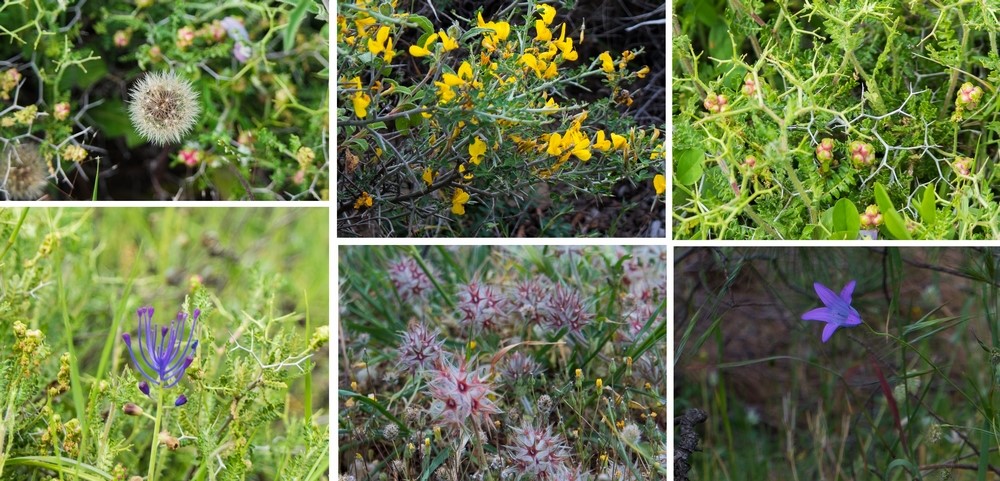

Share